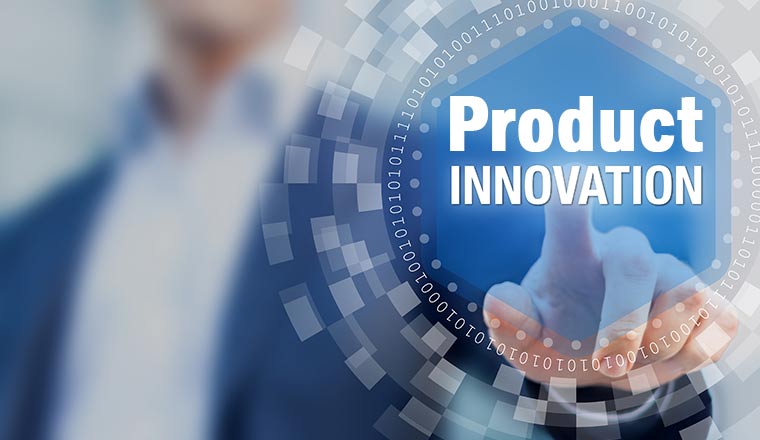In today’s rapidly evolving business landscape, innovation is no longer a solitary endeavor confined within the walls of an organization. The concept of open innovation encourages companies to engage external communities—customers, partners, and industry experts—in the co-creation process. This collaborative approach not only enhances creativity but also leads to more relevant and effective solutions.
The Role of AI in Open Innovation
AI has become a pivotal tool in facilitating open innovation. By harnessing generative AI capabilities, companies can submit innovation challenges to external communities. For instance, a tech firm might face a challenge in developing a new software feature. By presenting this challenge to its community, the firm allows customers and partners to contribute ideas, while AI processes this input to generate initial solutions.
The beauty of this process lies in the synergy between AI and human intelligence. AI provides structured suggestions, drawing from vast datasets and market trends, while participants contribute unique perspectives and experiences. This dynamic interaction often leads to unexpected breakthroughs.
Collaborative Refinement of Ideas
Once AI generates preliminary ideas, the next step involves refining these proposals through collaborative efforts. Participants come together to discuss, critique, and enhance the initial suggestions. This phase is crucial as it combines the disruptive ideas from diverse sources with the structured input from AI. For example, an organization might initiate a co-creation workshop where employees, customers, and external experts gather to brainstorm and develop prototypes based on the AI-generated suggestions.
Real-World Applications
The applications of open innovation are vast. Companies have successfully utilized this approach to create new digital services, develop social innovations, and implement eco-responsible solutions. For instance, a retail company could pose an open challenge to enhance customer experience. By leveraging community insights, they may discover innovative ideas for personalized shopping experiences, sustainable packaging solutions, or loyalty programs that resonate with customers’ values.
Similarly, in the realm of social innovation, non-profit organizations can engage with community members to address pressing social issues. By utilizing AI to generate actionable ideas, these organizations can co-create impactful solutions that directly address the needs of the communities they serve.
Conclusion
The intersection of open innovation and AI represents a powerful strategy for organizations aiming to stay ahead in the market. By embracing the collective intelligence of external communities, businesses can unlock a treasure trove of innovative ideas. MARYLINK stands as a valuable platform for facilitating this process, providing the tools necessary for organizations to effectively engage with their communities and co-create solutions. By integrating collective intelligence into the innovation process, MARYLINK helps companies harness the full potential of open innovation, driving meaningful change and growth in their respective industries.


